How Long Does a Microdose Last? Microdosing, the practice of consuming very low, sub-perceptual doses of psychedelics such as LSD or psilocybin, has gained attention for its potential to enhance mood, creativity, and productivity without the intense effects of an entire trip. However, the duration of its impact remains a subject of interest and investigation. This article delves into the various aspects of microdosing, from its conceptual foundations to its long-term therapeutic potential and social and cultural implications.
Affiliate Disclaimer: This post may include affiliate links. We may earn a commission at no extra cost if you buy through them. Thanks for your support!
Table of Contents
Key Takeaways
- Microdosing involves taking sub-perceptual doses of psychedelics, typically 5-20% of a total dose, aimed at improving mood and productivity without noticeable psychedelic effects.
- The effects of microdosing are subtle, often described as non-immediate and cumulative, suggesting benefits may manifest over extended periods rather than instantly.
- The pharmacokinetics of microdosing, including absorption, metabolism, and elimination of substances, play a crucial role in determining the duration of its effects.
- Research into microdosing is challenged by the placebo effect and the difficulty in measuring the impact of such low doses on subjective experiences.
- The future of microdosing may see increased societal acceptance and scientific exploration, leading to innovations in administration and a better understanding of its effects.
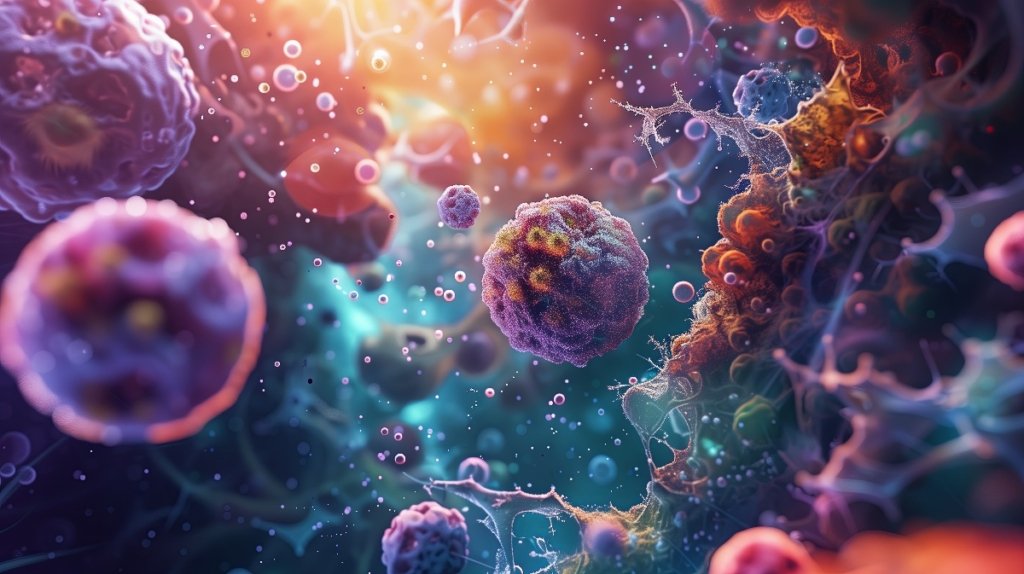
Conceptual Foundations of Microdosing
Defining Microdosing and Its Sub-Perceptual Nature
Microdosing is a nuanced practice that involves the administration of doses so low they are considered to be below the threshold of conscious perception. It is distinct from recreational or therapeutic drug use, where the effects are immediately noticeable. The process typically involves taking approximately 1/10th or less of a standard dose of psychedelics such as psilocybin or LSD over an extended period, often spanning several weeks or months.
The micro-dosing regimen is structured around the principle of sub-perceptual influence, aiming to induce subtle shifts in mood, cognition, and overall well-being without the pronounced alterations in perception and consciousness associated with total doses. Users often follow a schedule, ingesting microdoses several times a week, interspersed with rest days, to maintain a balance and prevent tolerance buildup.
The goal of microdosing is to harness the potential benefits of psychedelics in a controlled, inconspicuous manner, allowing individuals to continue their daily activities unimpeded by the more intense effects of higher doses.
While the practice has gained popularity for its purported benefits on creativity, focus, and mental health, it remains a subject of scientific inquiry to validate these anecdotal claims. The Practice and Protocols of Microdosing
Microdosing involves the administration of sub-perceptual doses of psychedelics, such as psilocybin or LSD, typically ranging from 5% to 20% of a standard recreational dose. The regimen is often structured around a ‘course’ that spans several weeks or months, with doses taken every few days to maintain a consistent level of the substance in the body without inducing a whole psychedelic experience.
The protocols for microdosing vary, but they generally include initial preparation sessions to set intentions and educate on expectations. Users often engage in this practice to enhance mood, creativity, and productivity while functioning normally in their daily lives.
- Preparation: Discuss intentions, desires, and needs.
- Education: Learn about the substances and what to expect.
- Administration: Consume small doses on a scheduled basis.
- Integration: Reflect on the experiences and any changes in well-being.
The subtle nature of microdosing makes it a unique practice that integrates into one’s lifestyle without the overt disruptions associated with higher doses of psychedelics.

Distinguishing Between Mushroom Microdosing Amount and Full-Dose Experiences
How Long Does a Microdose Last
Microdosing involves the administration of doses so low that they do not produce the full-blown psychedelic effects typically associated with substances like LSD or psilocybin. A mushroom microdose amount is usually around ten percent of the regular psychedelic dose, aiming to be sub-perceptual, allowing individuals to maintain normal functioning during their daily activities. In contrast, a full-dose experience induces a profound alteration in perception, consciousness, and cognitive processes.
While its subtlety characterizes micro-dosing, the effects of a total dose are unmistakable and often include significant visual and sensory alterations. The distinction is crucial for both users and researchers, as the goals and outcomes of these practices are fundamentally different. Microdosing is often pursued for its potential therapeutic benefits and enhancement of well-being, whereas full-dose experiences might be sought for deep introspective or spiritual purposes.
Microdosing psychedelics, like psilocybin, may have potential in the treatment of various psychological conditions. Still, it is essential to navigate the fine line between microdosing and psychoactive thresholds to avoid unintended effects.
Also Read: Ryze Mushroom Coffee Side Effects: Your Ultimate Guide for 2024
The table below summarizes the key differences between micro-dosing and full-dose experiences:
| Aspect | Microdosing | Full-Dose Experience |
| Dose | Dose ~10% of a regular dose | 100% (full psychedelic dose) |
| Perceptibility | Sub-perceptual (not directly felt) | Perceptual (intense effects) |
| Frequency | Regular intervals (e.g., every 3 days) | Single or infrequent sessions |
| Primary Intent | Therapeutic, enhancement of well-being | Introspection, spiritual exploration |
| Typical Duration | Ongoing as part of a regimen | Therapeutic enhancement of well-being |
Individuals need to assess the effects and take responsibility for their microdosing practices, ensuring that the doses remain sub-perceptual and do not cross into the territory of psychoactive effects.
Pharmacokinetics of Microdosing
Absorption and Distribution of Sub-Perceptual Doses
The process of microdosing involves administering doses so small that they do not produce the full-blown effects typically associated with psychedelic substances. These sub-perceptual doses are absorbed and distributed throughout the body in a manner intended to be gradual and unnoticeable. The goal is to achieve potential long-term benefits without the immediate and pronounced alterations in perception and cognition.
While the onset of effects from traditional doses of psychedelics can be pretty rapid, microdosing aims for a subtler, more cumulative impact. Precisely measuring these doses is critical, as even slight variations can lead to unintended psychoactive effects, a challenge often discussed within microdosing communities.
The ideal microdose remains below the threshold of conscious perception while still influencing the user’s well-being over time.
Factors such as body weight, metabolism, and individual sensitivity can influence how a microdose is absorbed and distributed. It is essential for users to approach microdosing with caution and to seek accurate dosing to avoid the risk of an inadvertent ‘micro-high’ that could disrupt the intended sub-perceptual nature of the practice.
Metabolism and Elimination of Psychedelics at Microdose Levels
The metabolism of psychedelics at microdose levels involves a complex interplay of biochemical processes. Psychedelics like psilocybin are metabolized into active compounds such as psilocin, which are then further broken down and eliminated from the body. The rate of this metabolic transformation can vary significantly among individuals, influenced by factors such as age, liver function, and genetic makeup.
- Age
- Liver function
- Genetic makeup
The elimination of these substances also follows a particular pharmacokinetic profile, with most psychedelics having a half-life that determines how long they remain active in the system. For instance, the half-life of psilocybin is typically around 50 minutes, meaning that it takes this amount of time for the concentration of the substance to reduce to half its original level.
The duration of microdosing effects depends not solely on the substance’s pharmacokinetics but also on the individual’s unique metabolic rate and health status.
Understanding these factors is crucial for assessing the safety and therapeutic potential of microdosing practices. While the effects are intended to be sub-perceptual, ensuring that the doses remain below the psychoactive threshold requires precise knowledge of how the body processes these substances.
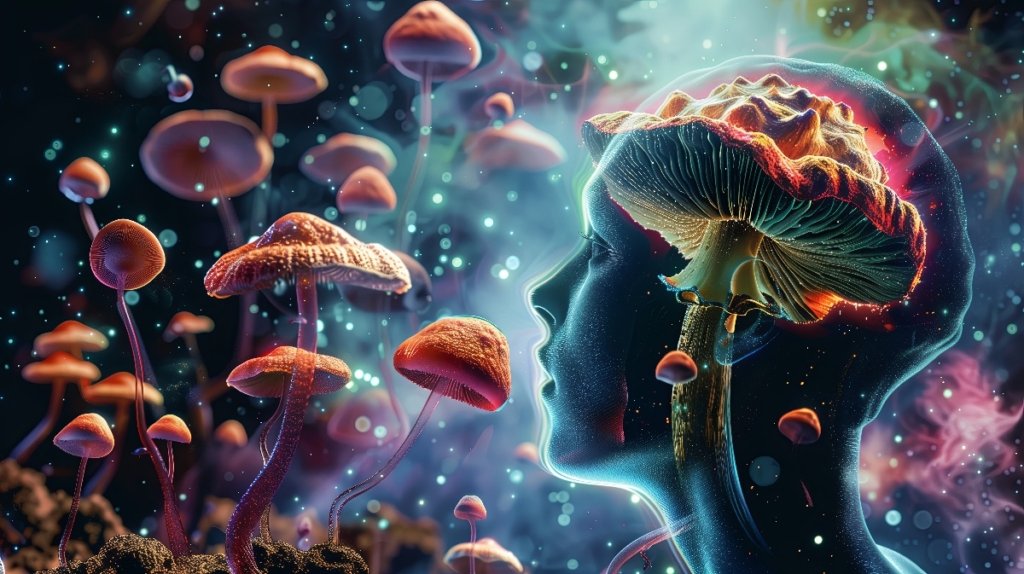
Factors Influencing the Duration of Microdosing Effects
The duration of microdosing effects can vary widely among individuals, influenced by a multitude of factors. Personal tolerance levels play a significant role; chronic use of psychedelics may necessitate increased dosages for the same effect, thereby extending the presence of the substance in the body. Similarly, the dosage is a critical determinant; higher doses naturally take longer to metabolize and eliminate.
The preparation method and form of the psychedelic, such as dried mushrooms versus those prepared in tea, can also impact potency and the duration of effects. This is further complicated by the type of mushrooms used, as different species contain varying levels of active compounds. Additionally, the potency of the mushrooms is a crucial factor, with more potent varieties potentially prolonging the effects.
The interplay of these factors underscores the complexity of predicting the duration of microdosing effects, emphasizing the personalized nature of psychedelic experiences.
Finally, the context in which the microdose is consumed, including any food or drink accompanying the mushrooms, can influence digestion and, consequently, the duration of effects. It is essential to consider these variables when exploring the pharmacokinetics of microdosing and its impact on the individual.
Subjective and Objective Effects of Microdosing
Perceived Benefits: Mood, Creativity, and Productivity
The practice of microdosing psychedelics, such as LSD and psilocybin, has garnered attention for its potential to enhance mood, creativity, and productivity. Professionals across various fields report subjective improvements in mental agility and problem-solving capabilities. These anecdotal accounts have spurred a growing interest in the quantifiable impacts of microdosing on cognitive and emotional well-being.
- Mood enhancement is often described as a subtle uplift in emotional state, with users reporting a more positive outlook and resilience to stress.
- Creativity benefits include reported increases in divergent thinking, novel idea generation, and a heightened ability to connect disparate concepts.
- Productivity gains regarding sustained focus, task initiation, and procrastination reduction are noted.
While empirical data is still emerging, the subjective experiences of microdoses suggest a pattern of benefits that warrant further scientific exploration. The interplay between these perceived improvements and their real-world applications remains a crucial area of interest.

Assessing the Subtlety of Microdosing Effects
The practice of microdosing hinges on the subtlety of its effects. Unlike the immediate impact of a glass of wine or a cup of coffee, microdosing involves the administration of doses so small that they are not consciously perceived. Over time, these sub-perceptual doses are intended to yield cumulative benefits without disrupting normal functioning.
The challenge in assessing microdosing effects lies in their inherent subtlety. Users may not notice immediate changes, and improvements may be gradual and nuanced, making them difficult to quantify.
While some studies suggest improvements in mood and mental health among microdoses, the reliance on self-reporting raises concerns about confirmation bias. The fine line between microdosing and psychoactive effects further complicates the assessment, as users must navigate the threshold where the doses remain sub-perceptual.
The following list outlines key considerations when evaluating the effects of microdosing:
- Sensible assessment of personal reactions to micro-dosing
- Monitoring for subtle changes in consciousness or perception
- Distinguishing between micro-dosing and psychoactive thresholds
- Considering the long-term benefits versus immediate effects

Challenges in Measuring the Impact of Microdosing
The assessment of microdosing’s impact presents unique challenges, primarily due to its sub-perceptual nature. Quantifying the subtle changes attributed to microdosing requires sensitive and specific measurement tools. Self-reporting, a standard method in microdosing research, is susceptible to confirmation bias, as participants may report improvements they expect to experience rather than those occurring.
- Confirmation bias in self-reported data
- Variability in individual responses to micro-dosing
- Lack of standardized protocols for micro-dosing practices
The complexity of isolating microdosing effects from other variables adds to the difficulty in establishing transparent causal relationships. This is compounded by the variability in individual responses, ranging from significant mood and mental health improvements to negligible changes.
Furthermore, discussions on platforms like r/microdosing indicate a surge in interest, particularly around self-medication and enhancement topics. However, the strategic use of scientific discourse in such forums may influence perceptions of legitimacy and efficacy. The need for placebo-controlled trials is evident, as they could help discern the effects of microdosing from those of the placebo. Yet, the current body of research, including studies on neural complexity and cognition, still needs to be more conclusive, leaving the scientific community to continue exploring the therapeutic potential of microdosing.

The Therapeutic Potential of Microdosing
Microdosing in Mental Health: An Emerging Paradigm
The practice of microdosing, particularly with substances like LSD and psilocybin, is gaining traction not only among creative professionals but also as a potential tool in mental health treatment. Anecdotal evidence suggests that microdosing may enhance mood, focus, and overall well-being. Yet, the scientific community is still unraveling the complexities of its long-term effects on mental health.
- Enhanced Creativity: Users report increased creative thinking.
- Improved Focus: Many find their concentration levels are higher.
- Elevated Mood: Some experience a more positive outlook on life.
The sub-perceptual nature of microdosing means that its effects are often not immediately apparent yet may manifest subtly over time, contributing to gradual improvements in mental health and cognitive function.
While the subjective benefits are widely reported, rigorous scientific studies are necessary to validate these claims and understand the underlying mechanisms. The increased neural complexity observed in preliminary studies indicates a promising avenue for future research to elucidate the relationship between microdosing, consciousness, and cognition.
Long-Term Benefits and Risks of Microdosing
The practice of microdosing psychedelics has been associated with a variety of long-term benefits, as reported by users and some preliminary research. These benefits often include enhanced creativity, improved mood, and increased focus. However, the long-term risks remain a subject of debate and ongoing investigation. A recent review in the Journal of Psychopharmacology highlighted potential health risks, such as the link between chronic microdosing and valvular heart disease.
While the therapeutic potential of microdosing is promising, it is crucial to approach this practice with caution and responsibility. Users must vigilantly assess the efficacy and adverse reactions, understanding that even natural substances can elicit significant physiological responses.
The nuanced balance between benefit and risk underscores the importance of continued research into the long-term effects of microdosing. Future studies are essential to understand the implications for mental health and well-being fully.

The table below summarizes the key points of consideration regarding the long-term benefits and risks of microdosing:
| Long-Term Benefits | Long-Term Risks |
|---|---|
| Improved mood | Valvular heart disease |
| Enhanced creativity | Unknown adverse effects |
| Increased focus | Need for self-assessment |
As research progresses, the societal perception of microdosing may shift, potentially reducing stigma and leading to widespread acceptance. However, the line between microdosing and psychoactive thresholds must be navigated carefully to ensure safety and responsibility in use.

Current Research and Future Directions in Microdosing Therapies
Recent studies have begun to illuminate the complex interplay between microdosing practices and mental health outcomes. The findings suggest a potential increase in neural complexity, which could have profound implications for our understanding of consciousness and cognition. However, research is being conducted, and the long-term effects remain largely uncharted.
The growing body of evidence indicates the need for rigorous, long-term studies to understand microdosing’s therapeutic potential and safety profile fully.
Current research efforts are exploring the efficacy of microdosing compared to traditional treatments, such as SSRIs, for conditions like depression. Yet, the scientific community remains cautious, as placebo-controlled trials have yielded mixed results, with some indicating minimal benefits beyond placebo effects.
- The r/microdosing subreddit provides a unique insight into user experiences and perceptions, highlighting clinical applications, self-medication, and cognitive enhancement.
- During the pandemic, there was a notable surge in discussions around practical ‘How to’ topics, reflecting a shift in public interest and possibly a strategic use of scientific discourse to legitimize microdosing practices.
Future directions in microdosing research will likely focus on delineating the mechanisms behind its effects, assessing long-term safety, and exploring its role in mental health therapies. The challenge lies in designing studies that can isolate the effects of microdosing and account for the complex psychological and physiological variables at play.

Social and Cultural Implications of Microdosing
Microdosing as a Lifestyle Choice Among Various Demographics
Microdosing has emerged as a lifestyle choice that transcends traditional boundaries, appealing to diverse individuals, from tech entrepreneurs to stay-at-home parents. The practice is lauded for its ability to enhance creativity, focus, and overall well-being without the intense effects associated with full psychedelic experiences. This sub-perceptual approach to drug intake allows users to maintain their daily routines unimpeded.
The adoption of microdosing protocols varies, with some individuals following structured regimens like the ‘PAM trial protocol‘ or opting for more flexible approaches. The typical course involves taking a fraction of a standard dose, often between 5-20%, several times a week over weeks or months.
Microdosing’s appeal lies in its subtlety and the anecdotal reports of sustained mental health and productivity improvements. While scientific research is catching up, the practice continues to gain popularity across various demographics, signaling a shift in how society perceives and utilizes psychedelics.
The Stigma and Legal Status of Microdosing
The practice of microdosing, despite its growing popularity, remains shrouded in legal ambiguity and social stigma. While anecdotal evidence and some scientific research suggest potential benefits, the legal status of substances commonly used for microdosing, such as psilocybin and LSD, is still restrictive in many regions. For instance, in the UK, psilocybin is classified as a Class A drug, carrying severe penalties for possession and distribution.
The sub-perceptual nature of microdosing allows individuals to function normally in their daily lives, yet societal perception is often less forgiving. This dichotomy between personal experience and public opinion creates a challenging environment for microdosing proponents.
The conversation around microdosing is evolving, with online communities like r/microdosing discussing its various aspects, from clinical applications to self-medication. The strategic use of scientific discourse in these forums may gradually enhance the perceived legitimacy of microdosing. However, the path to widespread acceptance is complex, influenced by cultural attitudes, regulatory frameworks, and the ongoing pursuit of empirical evidence.
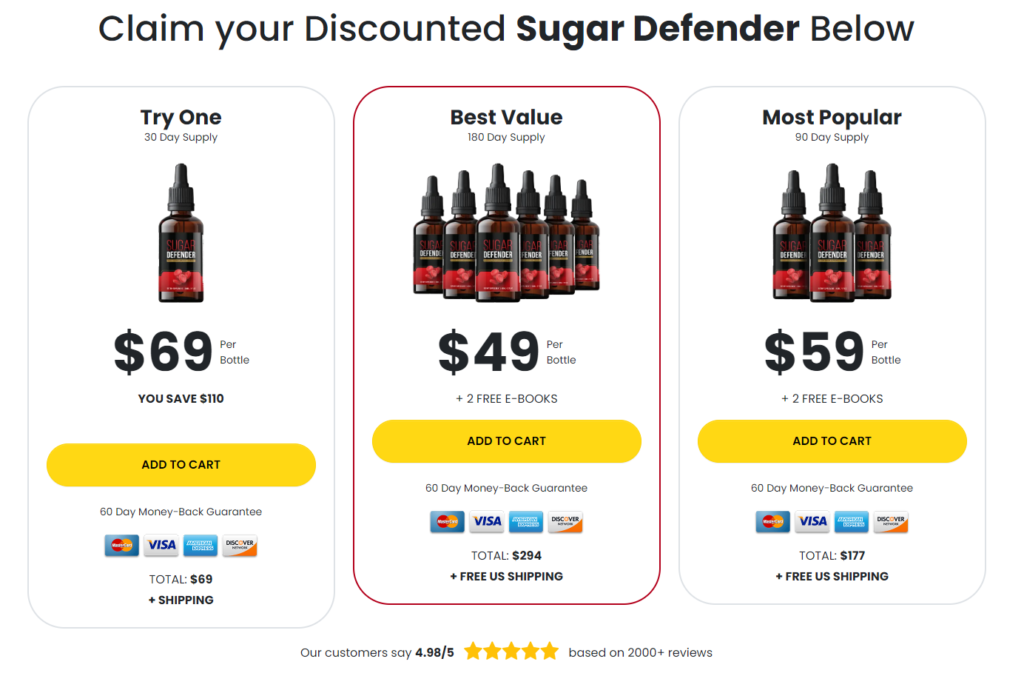
Microdosing in the Workplace: Productivity and Ethics
Microdosing in the workplace has sparked a complex debate around productivity and ethics. Microdosing, which involves taking sub-perceptual doses of psychedelics, is reported to enhance creativity, focus, and overall well-being at work. However, the scientific community has disagreed on its efficacy and ethical implications.
While anecdotal evidence suggests benefits, the lack of robust scientific research leaves the practice in a gray area of workplace ethics.
It’s crucial to distinguish between intentional microdosing and accidental intoxication. Instances of unintended ‘oops’ highs at work, as reported on forums like Reddit, highlight the challenges in dosing precision. This raises questions about the responsibility of the individual and the organization in managing such practices.
The conversation around microdosing also touches on the broader issue of drug use for work performance enhancement. From tech entrepreneurs to corporate executives, the allure of psychedelics for productivity gains is evident. Yet, this trend intersects with concerns about the potential normalization of drug use in professional settings and the risks involved.
Methodological Considerations in Microdosing Research
The Placebo Effect and Its Significance in Microdosing Studies
The placebo effect represents a critical factor in evaluating microdosing’s efficacy. The distinction between genuine pharmacological effects and those induced by participants’ expectations is often blurred in microdosing research. This phenomenon is particularly challenging due to the sub-perceptual nature of microdosing, where the absence of overt psychoactive effects makes subjective assessment more susceptible to placebo influence.
Contrasting study results fuel the debate on the placebo effect of microdosing. Some report significant benefits, while others attribute improvements to placebo.
A systematic approach to discerning the placebo effect from the actual impacts of microdosing involves qualitative and quantitative measures. The following list outlines critical aspects to consider in such research:
- The design of double-masked, placebo-controlled studies
- The inclusion of both self-report measures and objective cognitive assessments
- The careful selection of participants and control groups
- The use of standardized dosing to minimize variability
These methodological considerations are essential to ensure the reliability and validity of findings in microdosing studies.
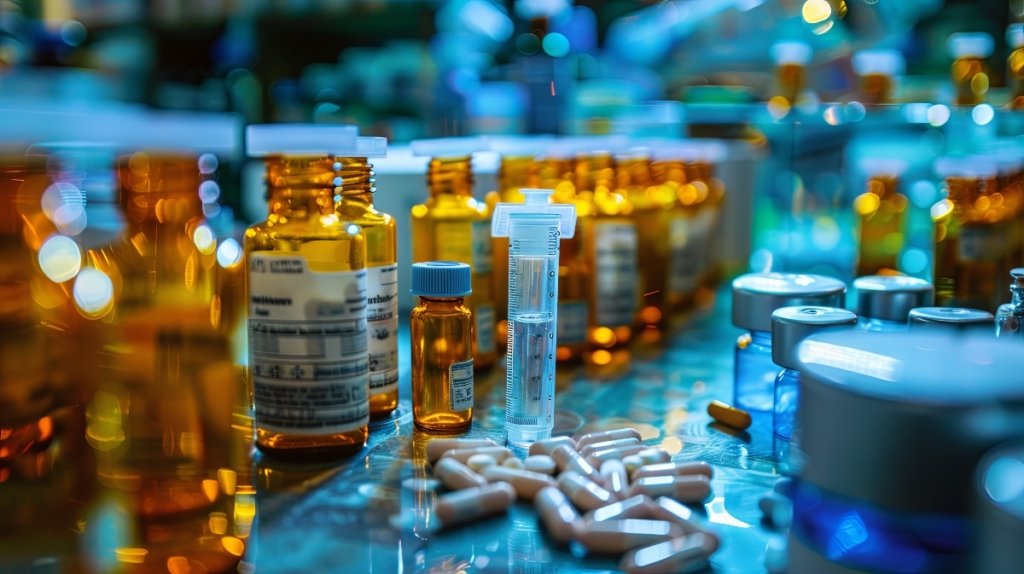
Designing Studies to Isolate the Effects of Microdosing
The challenge in designing studies to isolate the effects of microdosing lies in the sub-perceptual nature of the practice. Researchers must carefully calibrate their methodologies to detect subtle changes that may not be immediately apparent to participants. This involves a multifaceted approach:
- Establishing control groups to compare against microdosing participants.
- Utilizing double-masked procedures to eliminate bias.
- Employing standardized questionnaires alongside physiological measurements.
The goal is to discern the nuanced impact of microdosing on mood, cognition, and overall mental health beyond the placebo effect.
Given the subjective nature of self-reporting, it is crucial to integrate objective data collection methods. For instance, neuroimaging and cognitive testing can provide insights into the neurological underpinnings of any reported changes. Moreover, longitudinal studies are essential to understand the long-term implications of microdosing practices.
Quantitative and Qualitative Approaches to Understanding Microdosing
The exploration of microdosing’s effects encompasses both quantitative and qualitative research methods. Quantitative approaches often involve structured experiments and surveys, yielding data that can be statistically analyzed. For instance, studies may track dosage amounts, frequency, and self-reported effects over time, providing a numerical basis for understanding trends and patterns in microdosing practices.
Qualitative research, on the other hand, delves into individuals’ narratives and experiences. This approach may include interviews, participant observations, and content analysis of online communities, such as the r/microdosing subreddit. Here, researchers can uncover nuanced motivations, expectations, and perceived benefits that are not easily quantifiable.
The synthesis of quantitative data and qualitative insights offers a comprehensive picture of microdosing’s multifaceted impact.
Both methods are crucial for a holistic understanding of microdosing. While quantitative data provides the ‘what’ and ‘how much,’ qualitative insights reveal the ‘why’ and ‘how’ behind individual experiences. Together, they contribute to a more complete picture of the practice and its effects on mental health and daily functioning.

Safety and Responsibility in Microdosing Practices
Assessing the Safety Profile of Sub-Perceptual Psychedelic Use
The safety profile of microdosing psychedelics is a critical aspect of its practice, particularly given the substances’ classification as moderate-risk illicit drugs. Careful consideration of the potential risks is essential to ensure responsible use.
While acute adverse effects are relatively rare in microdosing, concerns have been raised about the long-term implications of sustained sub-perceptual use. For instance, a review in the Journal of Psychopharmacology highlighted the potential link between chronic microdosing and valvular heart disease.
The findings open up new avenues for exploring the therapeutic potential of psychedelics, particularly in microdosing practices. Future studies are needed to assess the long-term effects of these practices on mental health and well-being.
The following list outlines key areas of safety that require further investigation:
- The risk of developing Hallucinogen-Persisting Perception Disorder (HPPD)
- The impact on neural complexity and cognitive functions
- The potential for psychedelics to exacerbate or trigger psychiatric conditions
- The cardiovascular risks associated with long-term microdosing
Future research must continue exploring these areas to establish a comprehensive safety profile for microdosing practices.
User Responsibility and Self-Assessment in Microdosing
Microdosing, while often discussed in the context of its potential benefits, also requires a high degree of user responsibility and self-assessment. Individuals must diligently monitor their reactions and experiences to ensure the practice remains safe and beneficial. Self-assessment is crucial, as the sub-perceptual nature of microdosing can make it challenging to discern the subtle changes it may induce.
Users should consider the following steps for responsible microdosing:
- Establishing clear intentions for microdosing
- Starting with the lowest possible dose and gradually adjusting
- Keeping a detailed journal to track effects and any changes
- Being aware of and adhering to legal restrictions
Users must approach microdosing with an informed and cautious mindset, recognizing the importance of ethical and responsible use.
Furthermore, community discussions, such as those on the r/microdosing subreddit, often emphasize the importance of using scientific discourse to enhance the perceived legitimacy of microdosing. This underscores the need for users to engage with credible sources and avoid anecdotal evidence when making decisions about their microdosing practices.
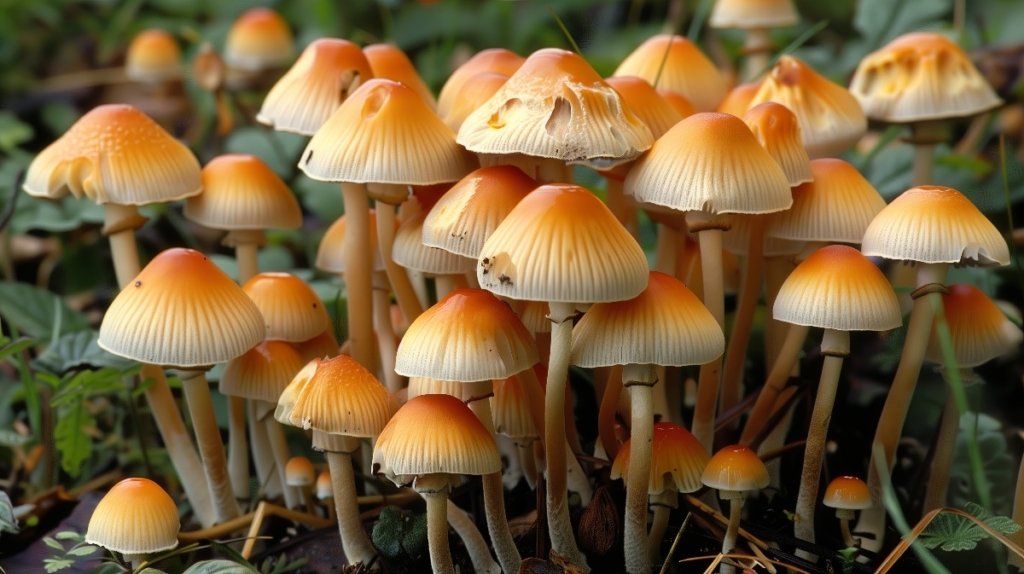
Navigating the Fine Line Between Microdosing and Psychoactive Thresholds
Understanding the delicate balance between microdosing and the onset of psychoactive effects is crucial for individuals seeking the benefits of sub-perceptual doses without impairing their daily functioning. The goal is maintaining cognitive clarity and avoiding the perceptual changes associated with higher doses.
Microdosing protocols suggest a range of dosages typically considered sub-perceptual, but individual sensitivity can vary. Here are some signs that may indicate a dosage is approaching psychoactive thresholds:
- Visual disturbances, such as slight waviness or enhanced colors
- Changes in thought patterns or mood that are more pronounced than expected
- Physical sensations that are uncommon during normal functioning
It is essential to self-monitor and adjust dosages accordingly to stay within the sub-perceptual range. This self-assessment helps to ensure that the microdosing practice remains beneficial and non-disruptive.
Ultimately, the user is responsible for gauging their reactions and making informed decisions about their microdosing regimen. This involves being attentive to the body’s responses and being prepared to modify dosages to maintain the intended sub-perceptual effect.
The Future of Microdosing
Predicting Societal Acceptance and Integration of Microdosing
The trajectory of microdosing’s societal acceptance is on an incline, with anecdotal evidence and online community discussions suggesting a growing endorsement of its benefits. Normalizing microdosing could lead to a paradigm shift in how we approach mental health and productivity.
Online forums, such as r/microdosing, have become hotbeds for sharing experiences and discussing the multifaceted aspects of microdosing, from clinical applications to self-medication. The discourse within these communities often revolves around personal growth, creativity, and professional transformation, particularly in tech and entrepreneurial circles.
The widespread acceptance in these influential spheres hints at a potential spillover into broader societal norms, challenging existing stigmas and legal frameworks.
As microdosing continues to weave its way into the fabric of society, the following points emerge as critical considerations for its integration:
- The role of citizen scientists and online communities in shaping public opinion.
- The importance of strategic scientific discourse in enhancing legitimacy.
- The a need for further research to understand long-term effects and therapeutic potential.
Ultimately, the future of microdosing hinges on a delicate balance between anecdotal advocacy and empirical evidence, with the potential to redefine our cultural and medical landscape.
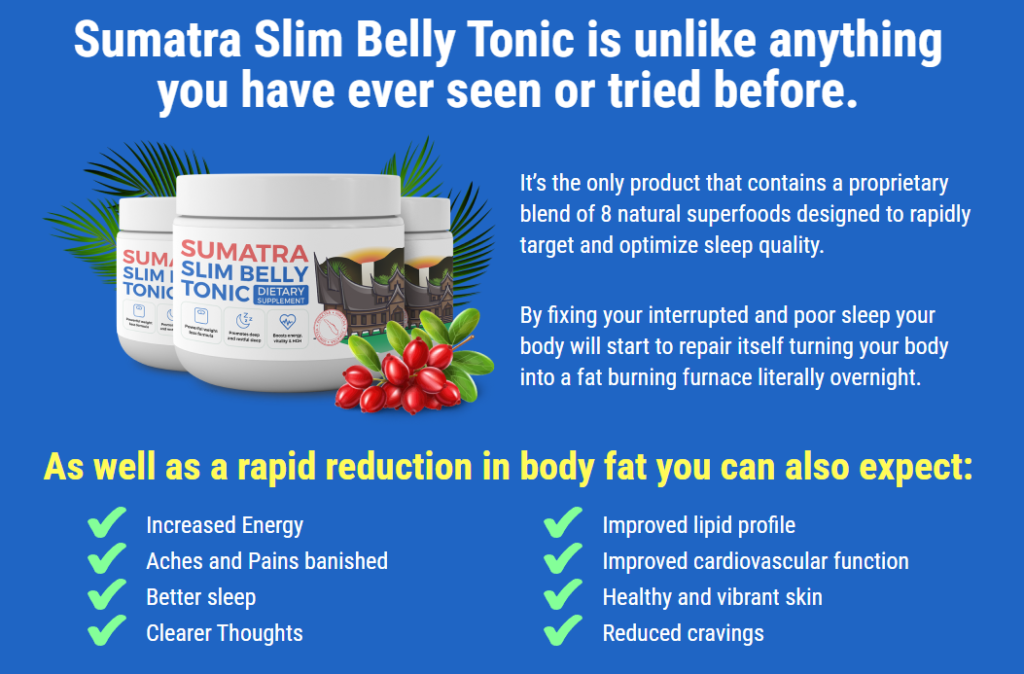
Innovations in Microdosing Administration: From Mushrooms to Capsules
The evolution of microdosing practices has led to various administration methods, each with its own set of advantages. The precise calibration of a mushroom microdose amount is crucial for ensuring consistent effects and mitigating the risk of unintended psychoactive experiences. Psilocybin capsules have emerged as a popular choice due to their convenience and accuracy in dosing.
The transition from traditional mushroom consumption to encapsulated forms represents a significant innovation in microdosing. It reflects a shift towards standardization and control in psychedelic use.
Microdosing protocols typically involve ingesting sub-perceptual doses on a scheduled basis, often referred to as a ‘course.’ This structured approach allows individuals to integrate the subtle benefits of microdosing into their daily lives without the disruptive effects of a whole psychedelic experience.
Here is a brief overview of the key differences between traditional mushroom use and psilocybin capsules:
- Mushrooms: Natural, variable potency, requires weighing for dose accuracy.
- Capsules: Precise dose, convenient, discreet
The rise of microdosing reflects a growing interest in the therapeutic potential of psychedelics, with research gradually unveiling the nuanced impacts of these substances on mental health and cognitive function.
Expanding the Scientific Understanding of Microdosing Effects
As the scientific community delves deeper into microdosing, the focus has shifted towards unraveling the intricate effects of sub-perceptual doses on neural complexity, consciousness, and cognition. The findings open up new avenues for exploring the therapeutic potential of psychedelics, particularly in microdosing practices. Future studies are crucial in assessing the long-term effects on mental health and well-being and understanding the mechanisms behind these effects.
The discourse within the microdosing community, as seen on platforms like r/microdosing, reflects a diverse range of topics, from clinical applications to self-medication. During the pandemic, a surge in ‘How to’ discussions indicated a strategic use of scientific discourse, potentially enhancing microdosing’s perceived legitimacy.
The challenge remains to distinguish the actual effects of microdosing from the placebo effect, a significant factor in the subjective experience of microdosing benefits. The variability in psychedelic content, such as psilocybin levels in mushrooms, adds another layer of complexity to this endeavor.
Integrating qualitative and quantitative research methods will be pivotal in expanding our scientific understanding of microdosing effects as we move forward. This integration promises to provide a more holistic view of the practice and its implications for individuals and society.
As we explore the burgeoning health and wellness world, microdosing is emerging as a transformative practice for many. The Future of Microdosing promises to unlock new realms of cognitive enhancement, emotional balance, and well-being. To delve deeper into this fascinating topic and discover the full spectrum of benefits, visit our website. Embrace the journey towards a more enlightened self with the latest insights and products tailored to your microdosing needs.
Conclusion
In summary, microdosing involves the administration of sub-perceptual doses of substances like LSD or psilocybin to achieve long-term benefits without the acute psychoactive experiences associated with higher doses. While anecdotal evidence suggests improvements in mood, creativity, and productivity, the scientific community still unravels the complexities of microdosing’s effects. The practice operates on the fringes of perceptibility, making it a delicate balance to maintain the desired sub-perceptual impact. As research continues exploring the therapeutic potential and cognitive implications of microdosing, it remains a topic of intrigue and skepticism within the scientific and general communities. The future of microdosing may hinge on rigorous studies that can substantiate or refute the claims of its proponents, potentially leading to a shift in societal attitudes and a clearer understanding of its role in mental health and well-being.
Frequently Asked Questions
What is microdosing?
Microdosing is the practice of taking a sub-perceptual dose, typically 1/10th or less of a typical standard dose, of a substance like psilocybin or LSD over some time—usually 1-3 months. The effects are meant to be imperceptible, allowing individuals to function normally in their daily activities.
What are the intended benefits of microdosing?
Microdosing aims to enhance mood, creativity, and productivity without producing noticeable psychedelic effects. Users report benefits such as increased focus and heightened creativity, and it is becoming famous for its therapeutic potential without the intensity of a whole psychedelic experience.
How is microdosing different from taking a total dose?
Microdosing involves taking a fraction of the dose that would cause a full-blown psychedelic experience, known as a ‘trip.’ The goal is to avoid visual and physical effects while potentially reaping long-term benefits from the substance’s subtler impacts.
How do you determine the correct dose for microdosing?
Determining the correct microdose involves starting with a very low dose and adjusting based on personal sensitivity and desired outcomes. It’s essential to avoid doses that cause noticeable psychoactive effects, as this would exceed the sub-perceptual threshold of microdosing.
What does the current research say about the effectiveness of microdosing?
Current research on microdosing is still in its early stages, and there is debate on whether the effects are due to the substance or a placebo effect. Future studies are needed to assess the long-term therapeutic potential and to understand the mechanisms behind the observed benefits.
Is microdosing safe?
Microdosing is generally considered to be safe when practiced responsibly, but as with any substance, there are risks. Users should assess their response to the substance and be aware of the potential for unwanted side effects or interactions with other medications.
Why would someone microdose if the effects are sub-perceptual?
Microdosing aims to achieve subtle, cumulative benefits over time without a total dose’s immediate and noticeable effects. Users believe these sub-perceptual effects can improve well-being and cognitive function.
What is the future of microdosing?
The future of microdosing may involve greater societal acceptance, innovations in administration methods, and expanded scientific research. Positive anecdotal reports could reduce stigma and provide more empirical evidence to support its therapeutic use.

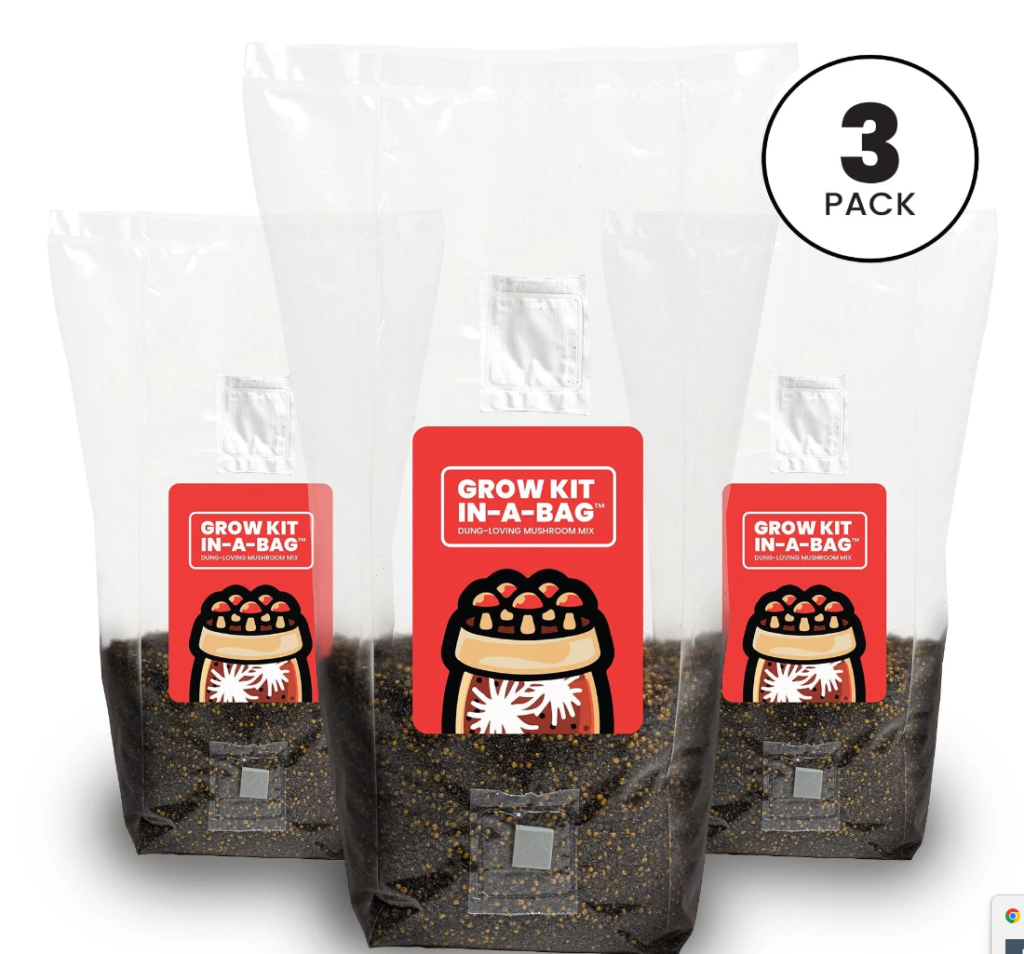

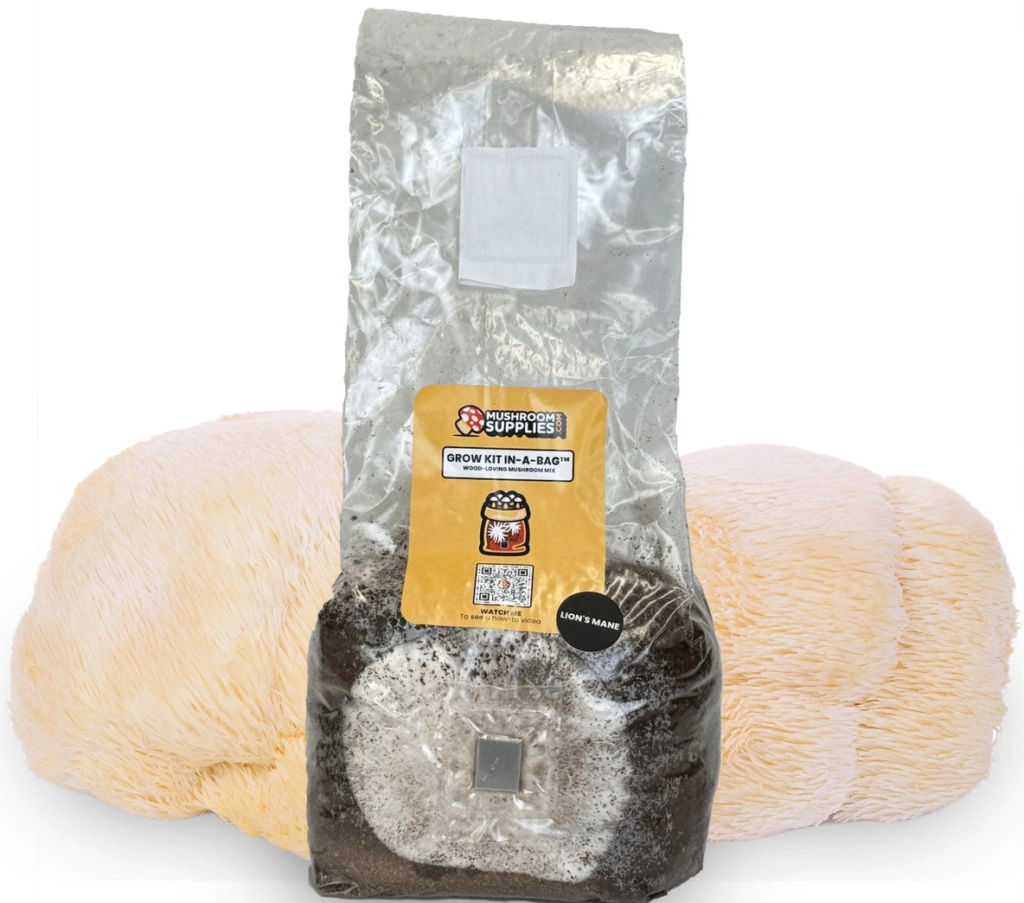



Pingback: Microdosing 101 and how to create a microdosing schedule
Thanks for sharing. I read many of your blog posts, cool, your blog is very good.